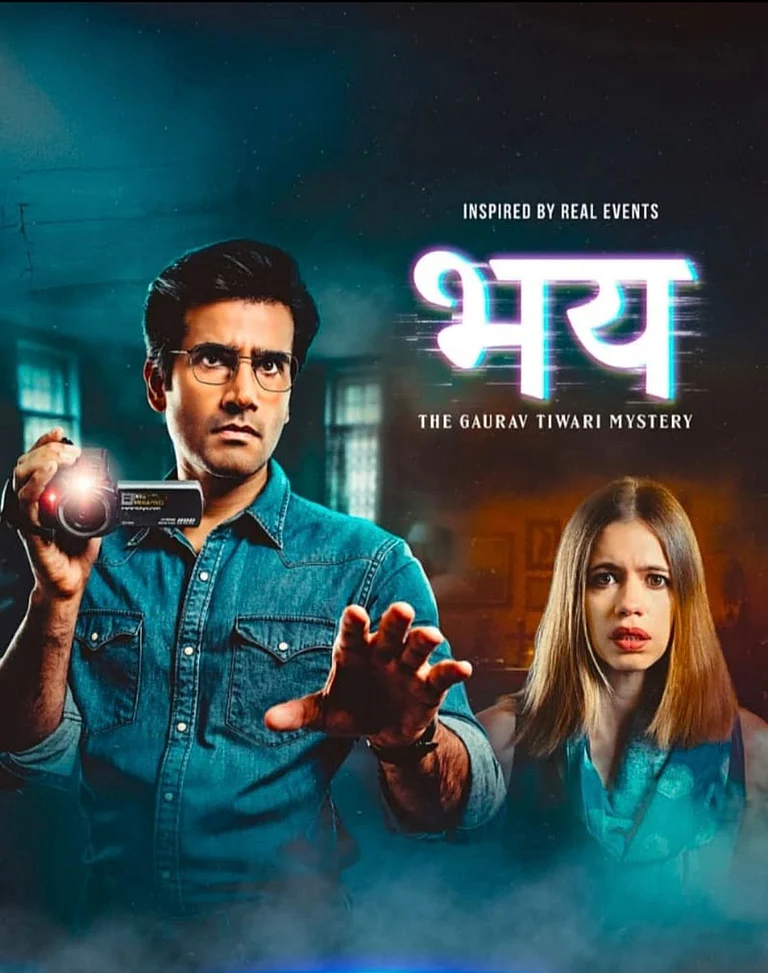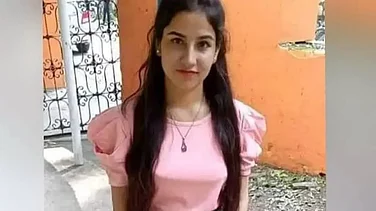
The big boys in the '80s were Hari Shankar Tiwari and Virendra Pratap Shahi, who divided Poorvanchal into two caste gangs—led by Tiwari, a Brahmin, and Shahi, a Thakur. They introduced sophisticated weapons into gang warfare and travelled in style with armies of securitymen. It was they who brought words like 'mafia' and 'gang' into the UP vocabulary, and evoked comparisons between Gorakhpur and Chicago for the quality of their deadly warfare.
Tiwari and Shahi used muscle power to get government contracts. They became adept at manipulating the tender floating process in order to get contracts. Soon, they realised that guns weren't enough—you also needed political power to be able to grab contracts. Both contested assembly elections in 1984 as independents and made their entry into active politics. Shahi fell to a rival's bullet in Lucknow in 1997, but Tiwari survived and rose—to become a cabinet minister in the current UP government.
Tiwari and Shahi legitimised muscle power with their entry into politics and also became role models for scores of young men aspiring for that magic blend of quick money and power. Says Varanasi IG Arun Kumar Gupta, "Unemployment, backwardness and illiteracy make crime seem glamorous, and young men in Poorvanchal are attracted towards it."
Enter Brijesh Singh, a 20-year-old youth from Dhaurhara village in Varanasi. It was the desire for revenge that first brought him into the world of crime. His father Ravindra Singh was killed over a land dispute in late 1984, and the following year, Brijesh axed seven people suspected of being involved in his father's murder. The stage was set for him to become a gang leader. Today, the police has 22 cases against Brijesh—mostly for murder—and he carries a reward of Rs 2 lakh on his head.
Initially, Brijesh operated on caste lines and exhorted unemployed Thakur youth to join his gang. His was the first gang in UP to start lending its services outside the state. He sent sharpshooters to kill for Dawood in Mumbai, and members of his gang were also involved in major kidnappings across the nation. Brijesh Singh himself once killed a henchman of Arun Gawli at JJ hospital in Mumbai at Dawood's behest.
Later, Brijesh found an ally with political clout in Rai, a Bhumihar science graduate from Benares Hindu University and a resident of Ghazipur district. Rai was a student leader with political ambitions. "Brijesh used the political clout of Krishnanand Rai and, in return, provided him with his muscle power," says Rajesh Pandey, SP, Special Task Force. Rai became a powerful figure after he got elected to the state assembly from Mohammadabad in Varanasi on a BJP ticket in 2002. He unseated five-term MLA, Afzal Ansari, the elder brother of Mukhtar.

If Brijesh was a rising star in gangland, Mukhtar was no shrinking violet. By the early 1990s, Mukhtar had become a household name in UP for his daring criminal activities, and his high profile, especially in the districts of Mau, Ghazipur, Varanasi and Jaunpur. In 1996, he fought from the Mau assembly constituency as an independent and won the election. His rising profile made him a serious threat to Brijesh's area of clout. In 2001, Brijesh led an attack on Mukhtar's gang, killing three of the latter's aides, but was himself injured in the shootout. After that, Brijesh disappeared from the scene. The UP police are not sure if he is underground or dead.
Brijesh's absence from the crime scene left Rai the unopposed leader of his gang. It was this rise in his status that helped him win the assembly elections. However, it was a victory that sharpened the enmity between the two gangs, which had been taking each other head-on for control of gangland business opportunities—especially since Rai was a smooth operator, adept at arranging contract deals.
So, whether it wasBSNL's cable laying work, road construction by the PWD, or track electrification and track laying for the railways, the mafiosi took over everywhere. They also extorted on a huge scale from businesses in the region, whether construction, liquor or carpets.
And, of course, coal. The gangs fought for a share in the huge sums of money to be made in the unloading and distribution of coal coming into three depots in Poorvanchal—at Varanasi, Mughalsarai and Chandasi—from the Northern Coal Fields of Dhanbad and from Singrauli in Madhya Pradesh. Each depot gets two to five racks of coal every month, each rack containing 3,500 tonnes of coal. There is big money to be made by surreptitiously mixing different grades of coal. According to a railway official, "The bahubalis make more than Rs 1 crore a day from the coal business."
And it was because he provoked the ire of the rival gang by grabbing a contract for the distribution of coal worth Rs 50 crore from the Chandasi coal depot that Rai was apparently killed.
Ansari has been named in the FIR registered by the police after Rai's murder. He is currently behind bars, but it remains to be seen what challenge emerges to his supremacy. Watch out for the next episode in the Poorvanchal gangland wars.


























